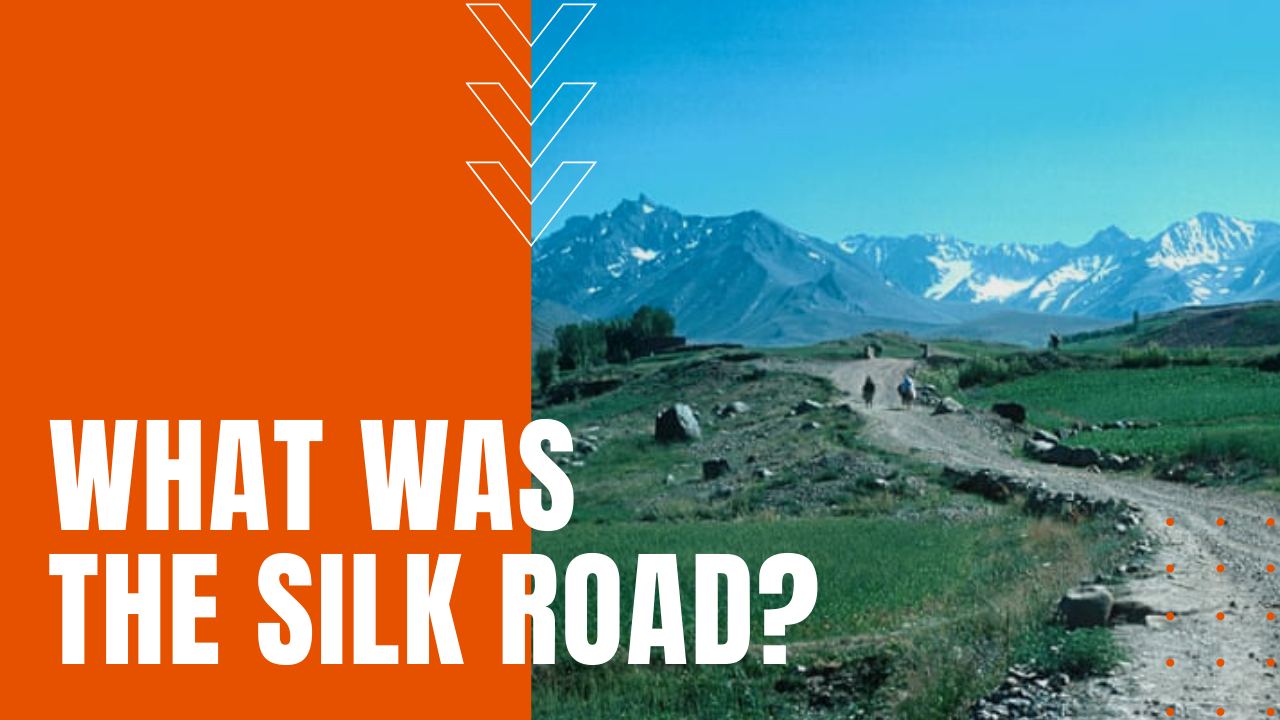What Was the Silk Road?

The Silk Road or Silk Routes as historians now refer to the multiple thoroughfares beginning in Greece and ending in the Chinese interior, the Silk Road routes included an enormous matrix of trading posts and markets, intended to expedite the distribution and storage of goods.
Popular Silk Routes
From the Greco-Roman city of Antioch, one of the primary routes crossed the Syrian Desert through Palmyra to Ctesiphone and Seleucia on the Tigris River, which were Mesopotamian cities in present-day Iraq. From Seleucia, multiple routes traveled eastward over the Zagros Mountains into Iran and Turkmenistan, while additional routes transited Afghanistan into Mongolia and China. Still other routes led to ports along the Persian Gulf, where goods were transferred from Camels to boats, for transit up the Tigris and Euphrates rivers, allowing goods to flow across the Roman Empire and deeper into Europe.
What Was Traded on the Silk Road?
While the Silk Road derives its name from the popularity of Chinese silks in the Roman Empire and Western Europe, other heavily-traded goods included vegetables, livestock, grain, leather, precious stones and countless more, yet less tangible commodities included the free exchange of languages, cultures, religious beliefs, philosophy and science.
Invented in China during the Han Dynasty, the diffusion of paper technology resulted in a profound and lasting impact on the culture and history of western civilization, paving the way for the Gutenberg Printing Press, which led to the mass production of books and later newspapers, helping to further the exchange of news, ideas and information.
Another Han Dynasty invention was gunpowder, whose impact on warfare and world history equaled the invention of paper.
Spices were another commodity that gained rapid popularity, forever altering the flavors and cuisine enjoyed by Europeans.
How Long Did the Silk Road Operate?
Lasting from 130 B.C.E. until the Ottoman Empire banned trade with China in 1453, Venetian explorer Marco Polo made two trips along the Silk Road from Italy to China, first in 1269, when the 15-year old accompanied his father and uncle for a meeting with Yuan emperor Kublai Khan, who requested that the traders bring back oil from the lamp of Jerusalem, as well as a written request to the Pope in Rome, seeking 100 Christians acquainted with the Seven Arts, which comprised grammar, rhetoric, logic, geometry, arithmetic, music and astronomy.
Despite the Silk Road’s obvious link to the trade of Chinese silks, the term “Silk Road” wasn’t coined until 1877, when German geographer Ferdinand von Richthofen first used the phrase to describe the legendary trade routes into China, making the Silk Road one of the earliest superhighways in human history.
